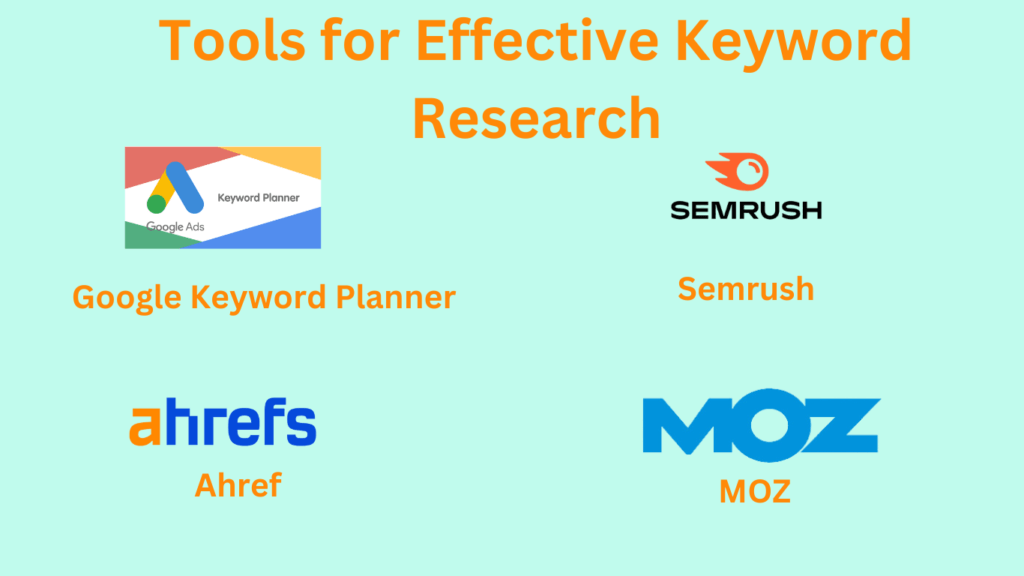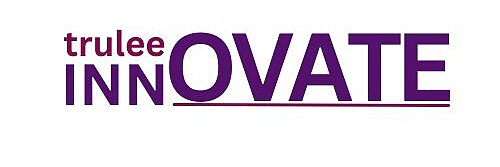Introduction to Search Engine Optimization
What is Search Engine Optimization?
Search Engine Optimization (SEO) is the process of improving a website’s visibility on search engine results pages (SERPs). When users search for specific keywords or phrases, SEO ensures that your website appears higher in the rankings, increasing the likelihood of attracting organic traffic. SEO combines technical optimization, high-quality content, and authoritative links to make websites more accessible and appealing to search engines like Google, Bing, and Yahoo.
Why is SEO crucial for online visibility?
In today’s digital age, being discoverable online is critical for businesses of all sizes. Without a strong Search Engine Optimization strategy, even the most well-designed websites can remain hidden from potential customers. SEO enhances brand visibility, drives targeted traffic, and increases your chances of conversion. Whether you’re a startup or an established company, optimizing your online presence is a must to stay ahead in the competitive market.
How Search Engines Work
Search engines operate through three main processes:
- Crawling: Search engines send bots (also called spiders) to explore web pages, identifying new content and updates.
- Indexing: Once crawled, the content is stored in a massive database, making it ready for retrieval.
- Ranking: Search engines determine the relevance and quality of pages based on various factors, such as keywords, backlinks, and user experience, to display the best results for a query.
The Role of Algorithms in Search Rankings
Search engines use algorithms to assess websites and rank them. These algorithms consider factors like keyword relevance, content quality, website speed, and mobile-friendliness. Staying updated on algorithm changes is a critical part of any Search Engine Optimization strategy.
Key Components of Search Engine Optimization
On-Page SEO: Optimizing Website Content
The primary objective of on-page SEO is to optimize certain elements of your website. This involves carefully applying keywords in text, meta descriptions, and titles. High-quality, engaging content with proper formatting (such as headings, bullet points, and images) is essential for better rankings.
Off-Page SEO: Building Authority Through Backlinks
Activities that take place outside of your website to increase its trustworthiness are known as off-page SEO. Acquiring backlinks from authoritative sources signals to search engines that your site is trustworthy and relevant. Search Engine Optimization that works depends on having a strong backlink profile
Technical SEO: Enhancing Site Structure and Speed
Your website’s ease of crawling and indexing is guaranteed by technical SEO. This includes optimizing site speed, ensuring mobile responsiveness, fixing broken links, and implementing structured data (schema markup) to enhance search results.
Keyword Research: The Foundation of SEO
Importance of Choosing the Right Keywords
Keywords are the backbone of any SEO strategy. The process begins by identifying phrases that your target audience is searching for. For instance, using relevant keywords like “best digital marketing agency” or “affordable SEO services” can attract potential customers.
Tools for Effective Keyword Research
- Google Keyword Planner
- SEMrush
- Ahrefs
- Moz Keyword Explorer

Understanding User Intent
The ultimate objective of a user’s research is known as search intent. Optimizing for informational, navigational, and transactional keywords ensures your content matches user expectations, improving the effectiveness of your Search Engine Optimization efforts.
Content Optimization Strategies
Creating Valuable and Engaging Content
High-quality content is the heart of SEO. Content should not only include the Search Engine Optimization keyword naturally but also provide value to the reader. Long-form articles, how-to guides, and blog posts often perform well. Additionally, including multimedia like videos and infographics can enhance engagement.
The Role of Headings, Meta Descriptions, and Alt Tags
Using clear and concise headings (H1, H2, etc.) improves readability and SEO. Meta descriptions act as the snippet users see in search results, and optimizing them with relevant keywords can boost click-through rates. Alt tags, used to describe images, improve accessibility and help search engines understand visual content.
Link Building: Strengthening Your Online Authority
Types of Backlinks and Their Importance
Backlinks are links from external websites to your site. They come in three forms:
Natural Links: Earned organically when others link to your content.
Manual Links: Acquired through outreach or partnerships.
Self-Created Links: Added by you in forums or comments (use cautiously).
White-Hat vs. Black-Hat SEO Practices
White-hat practices follow search engine guidelines and prioritize quality over shortcuts. Black-hat tactics, such as buying links or keyword stuffing, may lead to penalties. Ethical link-building is a long-term investment in your Search Engine Optimization success.
Strategies for Earning Quality Links
Guest blogging on authoritative websites
Creating shareable infographics
Writing original research or case studies
The Role of User Experience in SEO
Mobile Optimization and Responsive Design
With mobile devices driving the majority of web traffic, ensuring your website is mobile-friendly is essential for both user satisfaction and search engine rankings. Search engines like Google now use mobile-first indexing, where the mobile version of your site is prioritized in rankings. A responsive design enables your website to adapt to various screen sizes, providing a seamless experience for users and making it a cornerstone of effective Search Engine Optimization.
Site Speed and Its Role in User Engagement
User engagement and search engine rankings are significantly impacted by website speed, which is an important consideration. Visitors expect fast-loading pages, and any delay can lead to frustration, higher bounce rates, and lost opportunities. Websites with higher rankings and speed are rewarded by search engines. Use tools such as Google PageSpeed Insights or GTmetrix to identify areas for improvement, like optimizing images, minimizing JavaScript, or enabling caching, to ensure your website performs efficiently.
HTTPS’s Significance for SEO and Security
A secure website builds trust with users and is also a ranking factor for search engines. HTTPS protects user data by encrypting the connection between the browser and the server. Websites without HTTPS may be flagged as “not secure,” deterring potential visitors and impacting your credibility. Search engines prioritize secure sites, making HTTPS implementation a vital step in your Search Engine Optimization strategy. By switching to HTTPS, you not only safeguard user data but also boost your site’s trustworthiness and ranking potential.
Local SEO Strategies for Small Businesses
Optimizing for Google My Business
For small firms, Google My Business (GMB) is an effective tool. Completing your profile and including accurate information helps improve visibility in local searches.
Importance of Local Keywords and Reviews
Incorporating keywords like “best pizza in New York” can attract local customers . Additionally, positive reviews increase confidence with future customers and have an impact on local rankings.
Leveraging Local Citations
Listing your business on local directories improves visibility and helps search engines verify your location.
SEO Analytics and Tools
Google Analytics and Google Search Console are indispensable tools for understanding your website’s performance. They provide valuable data on traffic sources, user behavior, keyword performance, and overall site health. Google Analytics helps you track visitor demographics, bounce rates, and session durations, while Search Console focuses on indexing issues, search visibility, and keyword rankings. Regularly analyzing this data is essential for fine-tuning your Search Engine Optimization strategy.
Tracking Keyword Rankings and Site Health with Advanced Tools
Sophisticated platforms like Ahrefs, SEMrush, and Moz go beyond basic analytics to offer in-depth insights into your SEO performance. These tools help monitor keyword rankings, detect broken links, analyze backlink profiles, and compare your strategies with competitors. Their comprehensive reports make it easier to identify areas for improvement, ensuring your Search Engine Optimization strategy remains competitive and effective.
Using Data to Optimize Your SEO Strategy
Data-driven decision-making is at the heart of successful SEO. Regularly reviewing metrics allows you to identify patterns, test new approaches, and optimize underperforming pages. For instance, analyzing keyword performance can highlight which terms are driving traffic and which need better optimization. By continuously refining your strategy based on actionable insights, you can enhance your website’s visibility and achieve long-term success with Search Engine Optimization.
Common SEO Mistakes to Avoid
- Overstuffing keywords in content
- Neglecting mobile users
- Ignoring updates in search algorithms
The Future of Search Engine Optimization
- As technology advances, SEO will continue to change. Staying informed about trends and maintaining a flexible strategy will ensure long-term success.


